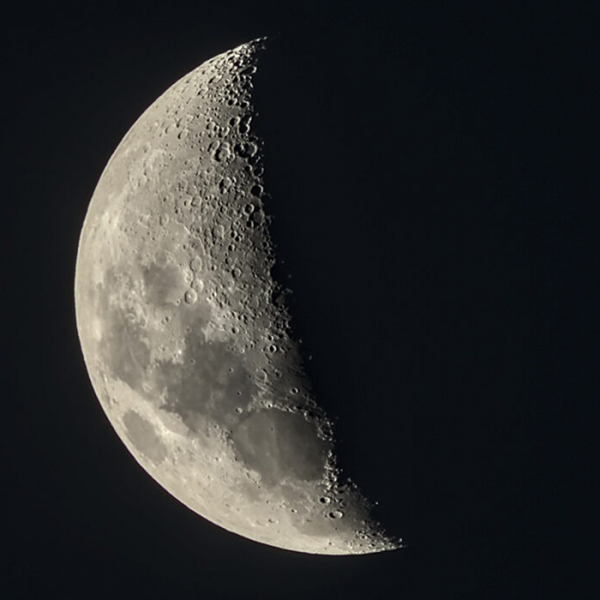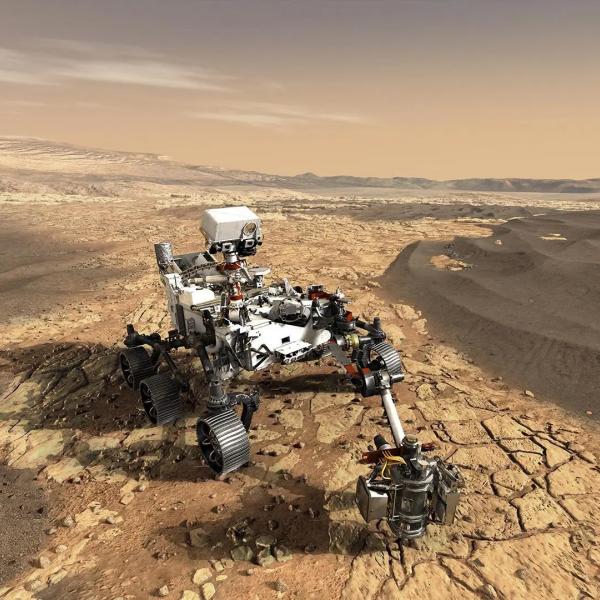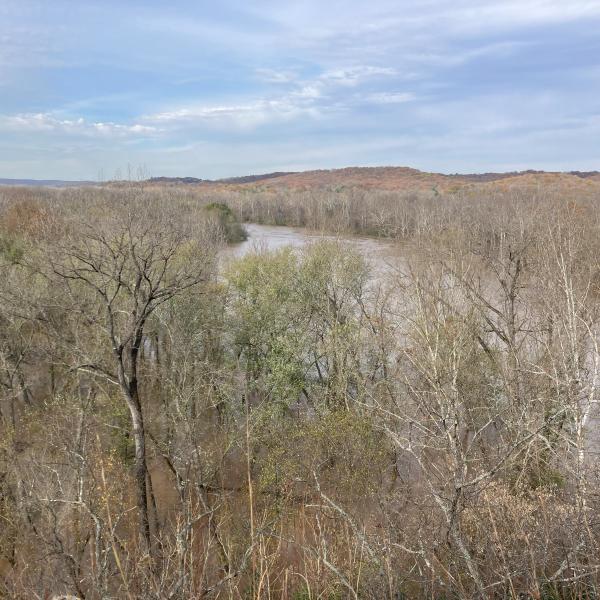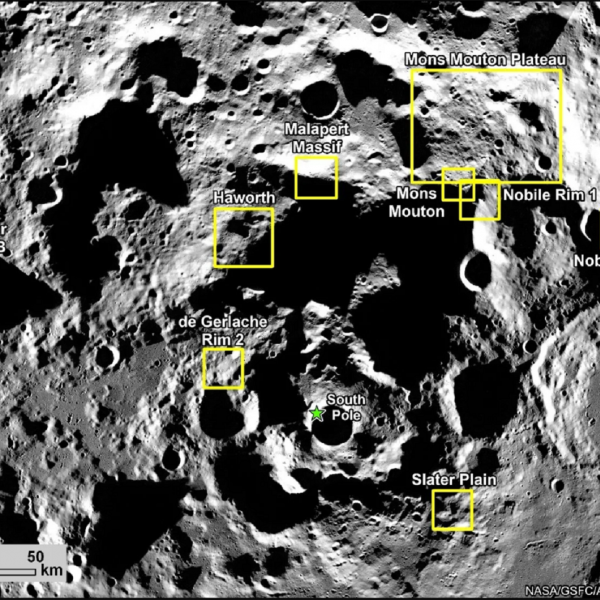Instructors in the Performing Arts Department have embraced new technology in their courses and championed the philosophy that constraints can foster greater creativity.
Grids of tape line the studio floors in Mallinckrodt, each box marking the turf of a single dancer. The 10’ by 10’ spaces are a necessary precaution in the time of COVID, striking a difficult balance between safety and expression. They are one of many ways the study and practice of performing arts have bowed to the realities of the pandemic.
Lucy Schlueter, a junior majoring in chemistry with French and dance minors, rotates between these spaces and her similarly confined bedroom. Schlueter is thankful that her ballet instructor, Christine Knoblauch-O'Neal, professor of practice in dance, gives corrections to students participating via Zoom as well as those in class, but she has concerns about the consequences of a small space for courses in formal dance styles. “So much of ballet is being big and expressing so the audience can see it,” said Schlueter, and she believes the mentality of shrinking to fit the space will need to be unlearned once normal conditions return.
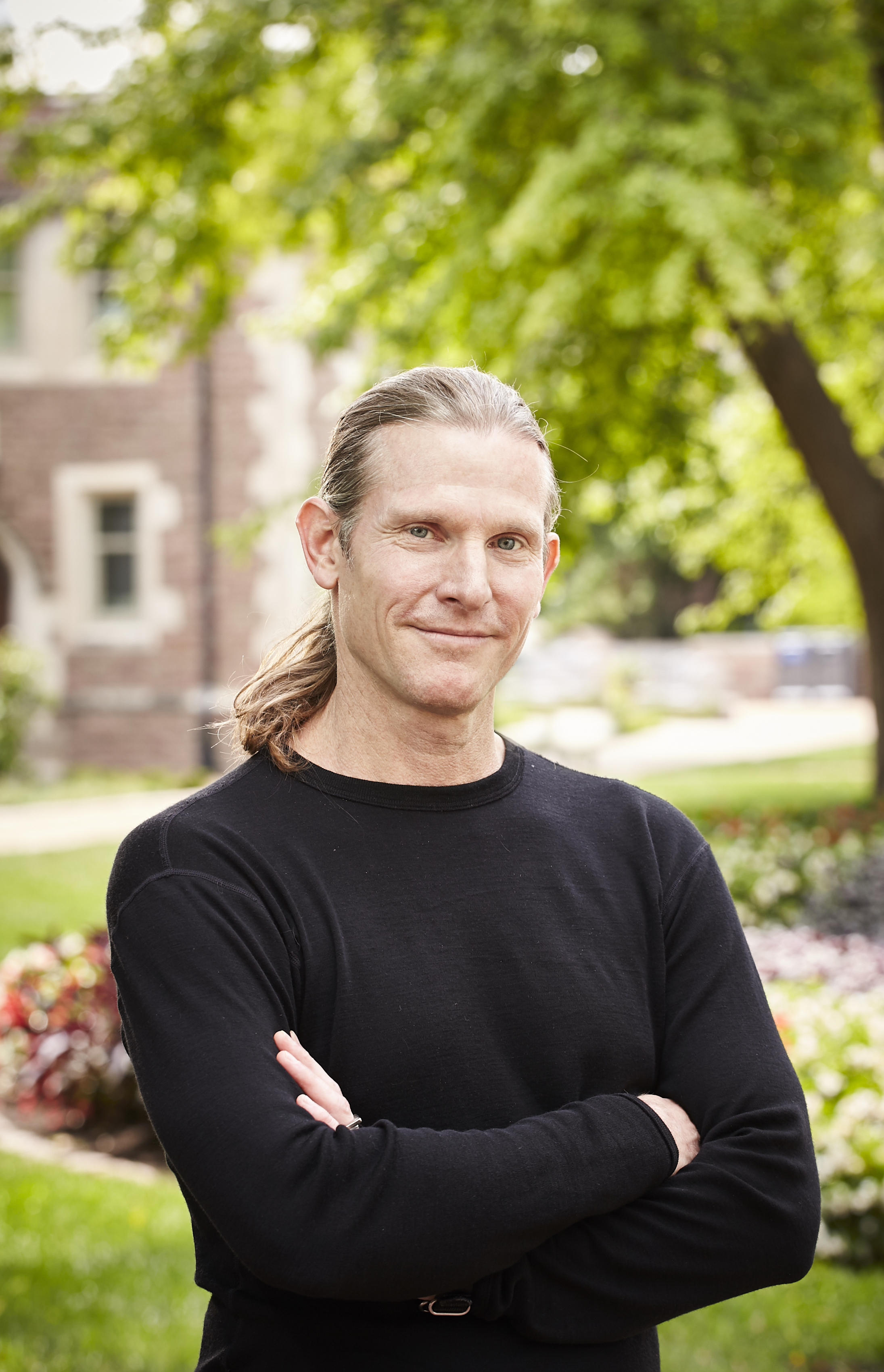
David Marchant, professor of practice in dance and coordinator of the dance program, recognizes how challenging it can be for dancers to shift away from grand movements. However, he is now leaning into smaller, slower steps in his “Composition 1” and “Dance Improvisation” courses. “Since we’re not out there showing it to people, since we don’t have much space to move, let’s deliberately choose the opposite and study it and see what else is there,” said Marchant. “And of course there’s tons there to explore.” He hopes that, by reframing this literal and mental boundary as the apparently cramped wardrobe suddenly opening into a new world, he can add new depth to his students’ artistic process.
“We are in a position here, as teachers, to actually be demonstrators of how human beings adaptively, creatively work with the conditions,” said Marchant. This sentiment echoes throughout the Performing Arts Department, which faced the seemingly impossible question of how to continue its work onstage and in studio this semester. To make it work, PAD instructors have embraced new technology in their courses and championed the philosophy that constraints can foster greater creativity.
When students were sent home in the spring, for example, Marchant redesigned “Composition 1” to be two courses in one. “Normally the core thesis of that class is teaching students principles and skills for making choreography that would be performed on a stage,” Marchant said. “Now we’re also focusing on how to make that choreography for a camera … not just teach dance composition skills, but photography composition skills and cinematography skills,” which are increasingly useful as more dance performances are viewed online. “Video is where a lot of dance is moving now,” Schlueter echoed. A student in “Composition 1,” she appreciates her professor’s enthusiasm and shares his belief that the new format should continue even after the pandemic.
“I suddenly realized, in the 25 years I’ve been teaching at WashU, that probably should have been part of my course anyway,” Marchant said. “But sometimes it’s the necessity of the time that finally pushes you to notice something hiding right behind an assumption.”
At the other end of the department, the challenge faced by Robert Mark Morgan, a teaching professor of drama and director of the Beyond Boundaries program, is not working within different spaces, but creating them. “Constraint is a catalyst for creativity,” Morgan said. “I don’t want to make it sound like COVID is a great thing, but it’s forced me to work in mediums I hadn’t otherwise considered. Because I’m striving to find space, whether it be virtual or real, to build community the way we’re used to doing.”
“I don’t want to make it sound like COVID is a great thing, but it’s forced me to work in mediums I hadn’t otherwise considered.
Morgan’s “Scenic Design” course has moved online, and, like Marchant, he has taken the opportunity to rejuvenate the class with modern technology, introducing the 3D-modeling program Sketchup into his curriculum. “I see it as useful from a pedagogical standpoint,” Morgan said, “to teach them skills that are going to make them more employable.” He noted that in today’s climate — “As you know, not a lot of people are rushing back into theaters” —people in his industry are looking into virtual spaces for performances.
Morgan is also looking forward to bringing his students’ designs into augmented reality. He was introduced to the AR app GeoXplorer by Philip Skemer, an associate professor in the Department of Earth and Planetary Sciences and director of the Fossett Laboratory. The app will allow him to display designs “on 10 different tables in 10 different locations for 10 different students,” giving students more immersion into the sets.
Marisa Daddazio, a sophomore majoring in drama and ancient studies with a writing minor, has found the switch to online in her drama classes to be surprisingly constructive. Her “Digital Media for the Stage” and “Advanced Stage Lighting” courses, both taught remotely by Sean Savoie, a senior lecturer of technical theater design, primarily use software to simulate theater equipment.
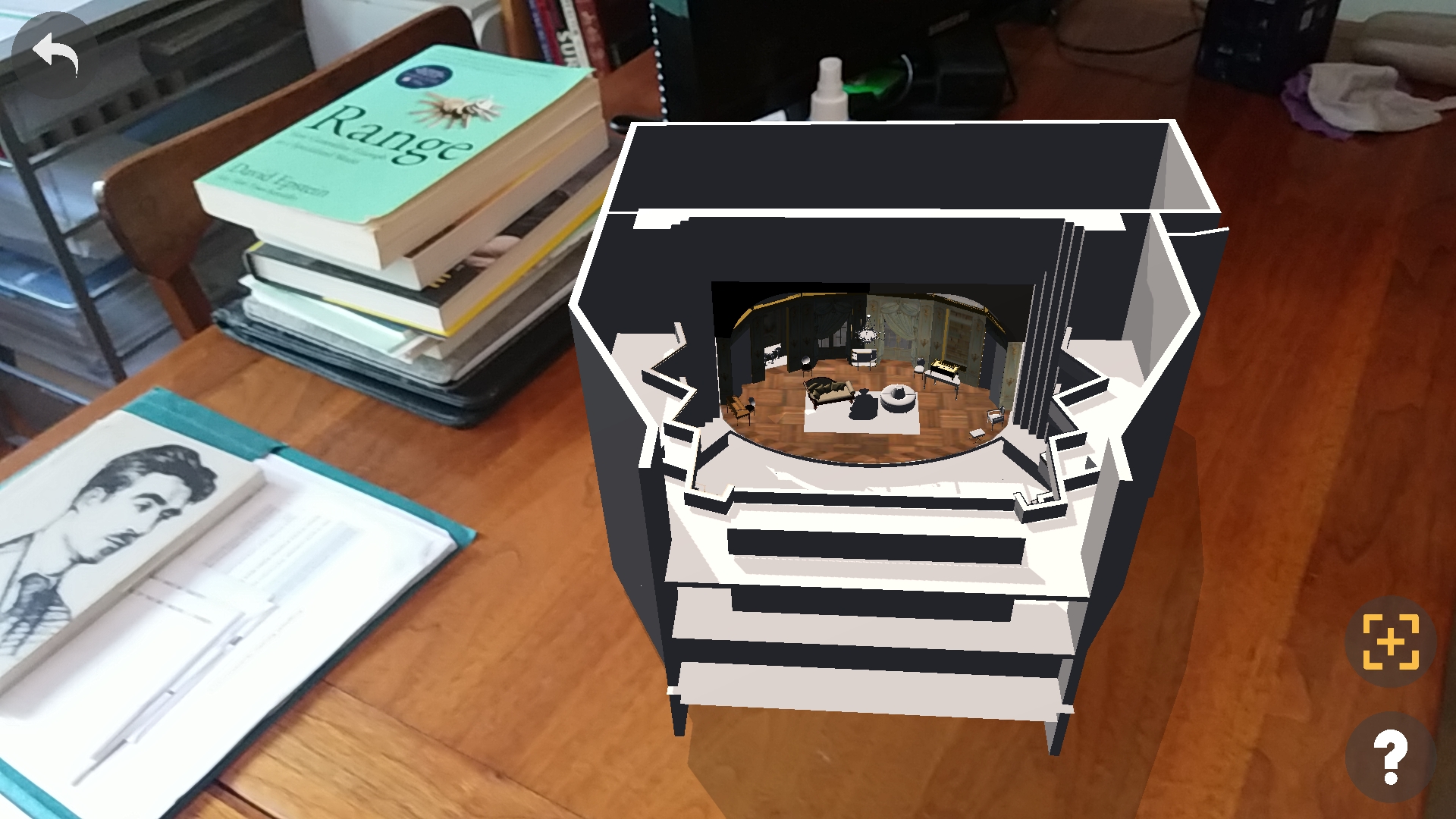
“It’s like I’m in a theater doing all of these things,” Daddazio said. “We’re really lucky how far things have come, especially in terms of doing everything you’d be able to do at a real lighting console, from my bedroom.”
Daddazio also appreciates having much more individual time to learn how to use the simulated equipment, both in and out of class. In a typical semester, she would rotate with other students and have limited access to the theater outside of class time. “Of course it doesn’t replace working with other people in a classroom and figuring things out together, but I don’t think it’s an approach void of exploring,” Daddazio noted. “And I think that’s something worth continuing later.”
From regular Zoom classes to presentations and trivia nights on the VR platforms FrameVR and VirBela, PAD instructors and students are finding ways to maintain their academic community this semester, continuing an emphasis on human connection that drives their work.
“Any theater artist will tell you that there’s an exchange at the edge of that stage, from audience to actor and back again,” Morgan shared. “And call it theater, call it teaching, but it’s the same exchange of energy.”


